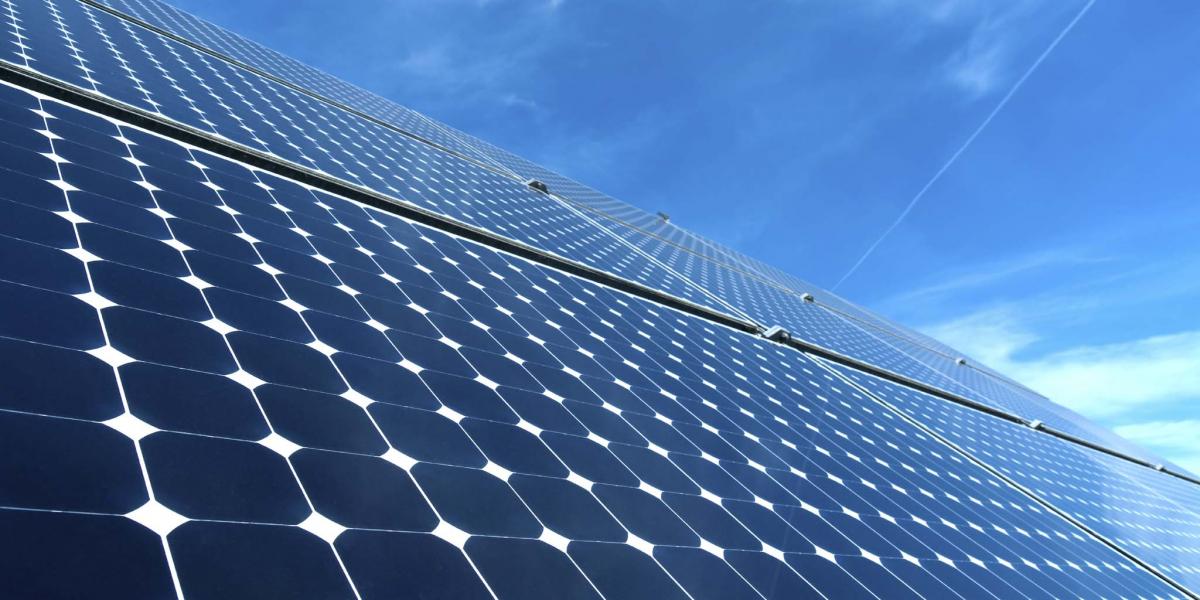Solar photovoltaic (PV) panels have become an increasingly popular option for generating renewable energy. These panels harness the power of the sun to convert sunlight into electricity. Understanding the basics of how these panels work can help individuals make informed decisions about incorporating solar energy into their homes or businesses.
A solar PV panel consists of multiple solar cells, which are made of semiconducting materials such as silicon. These cells absorb photons from the sun's rays and use them to generate an electric current. The process behind this conversion is known as the photovoltaic effect.

Image Source : Google
When sunlight strikes a solar cell, the photons transfer their energy to the electrons present in the semiconductor material. This energy allows the electrons to break free from their atomic bonds and create a flow of electric current. Wiring in the solar panel then captures this current, which can be used to power electrical devices or stored in batteries for later use.
To maximize the efficiency of a solar PV panel, it is essential to position it in a location that receives ample sunlight. Placement considerations include the panel’s angle, orientation, and avoidance of shading from nearby objects. Additionally, regular cleaning and maintenance are necessary to ensure optimal performance.
Solar PV panels offer numerous benefits. They help reduce reliance on fossil fuels, lower electricity bills, and contribute to a cleaner environment by reducing carbon emissions. Moreover, many governments and utility companies offer incentives to encourage the adoption of solar energy, making it an economically viable option.
